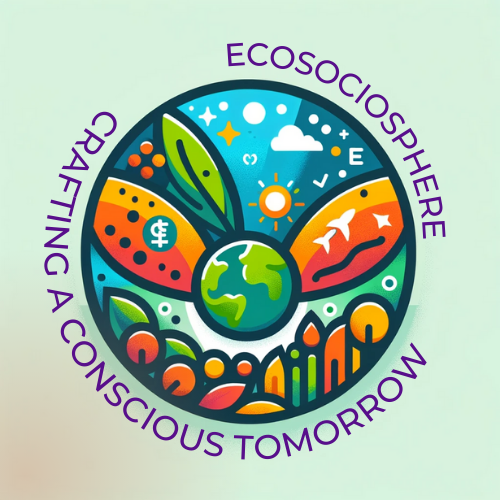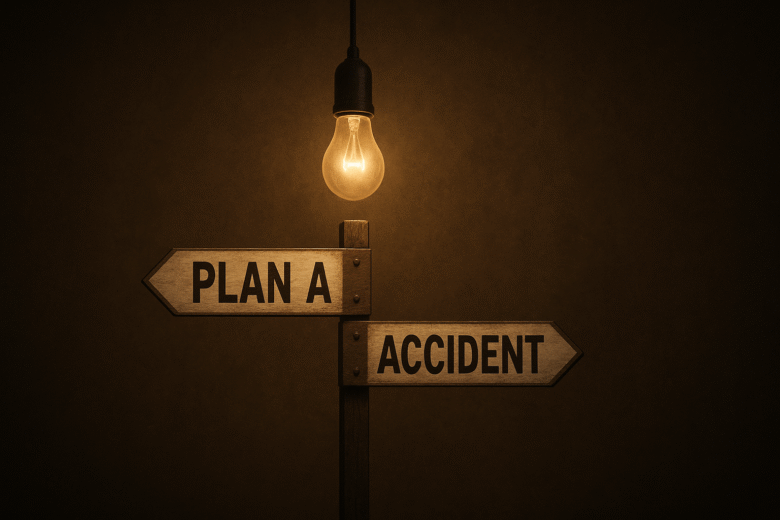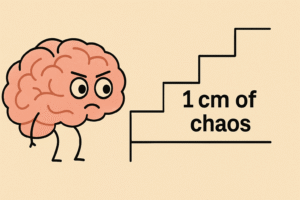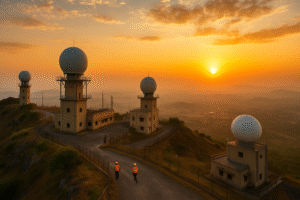Fun fact: The microwave oven was invented when a scientist noticed a chocolate bar melting in his pocket during an experiment!
Some of humanity’s greatest breakthroughs happened not because someone planned for them, but because someone was paying attention when something unexpected happened. In the world of science, this magical mix of curiosity, error, and luck is called serendipity—the art of finding something valuable when you weren’t looking for it.
From penicillin to plastic, serendipitous discoveries have changed how we live, love, work, and heal. Yet in an age obsessed with strategy, metrics, and ten-year plans, do we still leave space for happy accidents?
This article explores “The Science of Serendipity: Why Accidental Discoveries Matter”—because the next big thing might just be hiding in a mistake.
When Mistakes Make Miracles: The Power of the Unexpected
Science is often portrayed as a methodical process—a linear path from question to hypothesis to conclusion. But real-life science is messier. It’s full of spilled beakers, fried circuits, contaminated petri dishes, and wrong turns that somehow end up at the right place.
Penicillin: The Mold That Saved Millions
Let’s begin with the classic tale: In 1928, Scottish bacteriologist Alexander Fleming returned from vacation to find mold growing on a petri dish of Staphylococcus bacteria. Surprisingly, the bacteria near the mold had died. Fleming didn’t throw the dish away. He got curious.
That mold turned out to be Penicillium notatum, and it led to the creation of penicillin—the world’s first true antibiotic. Before penicillin, even a small cut could be fatal. Fleming’s accident revolutionized medicine, saving millions of lives and opening the door to a new era of infection treatment.
Post-it Notes: A Failed Superglue That Stuck
In the 1970s, Spencer Silver, a scientist at 3M (a multinational company known for producing adhesives, abrasives, and other industrial products), was trying to make a super-strong glue. Instead, he created a very weak adhesive—one that could hold paper lightly and peel off without damage.
For years, the invention sat unused until his colleague Art Fry used it to mark pages in his hymn book. That “failed” glue became the iconic Post-it Note—now a staple in offices, classrooms, and homes around the world.
Microwave Oven: Snack Science
In the 1940s, Percy Spencer, an engineer at Raytheon (a defence contractor and electronics company), was working on radar equipment when he noticed a chocolate bar in his pocket had melted. Intrigued, he experimented with popcorn kernels—and they popped!
His accidental observation led to the development of the microwave oven, which today is used in nearly every urban kitchen on the planet.
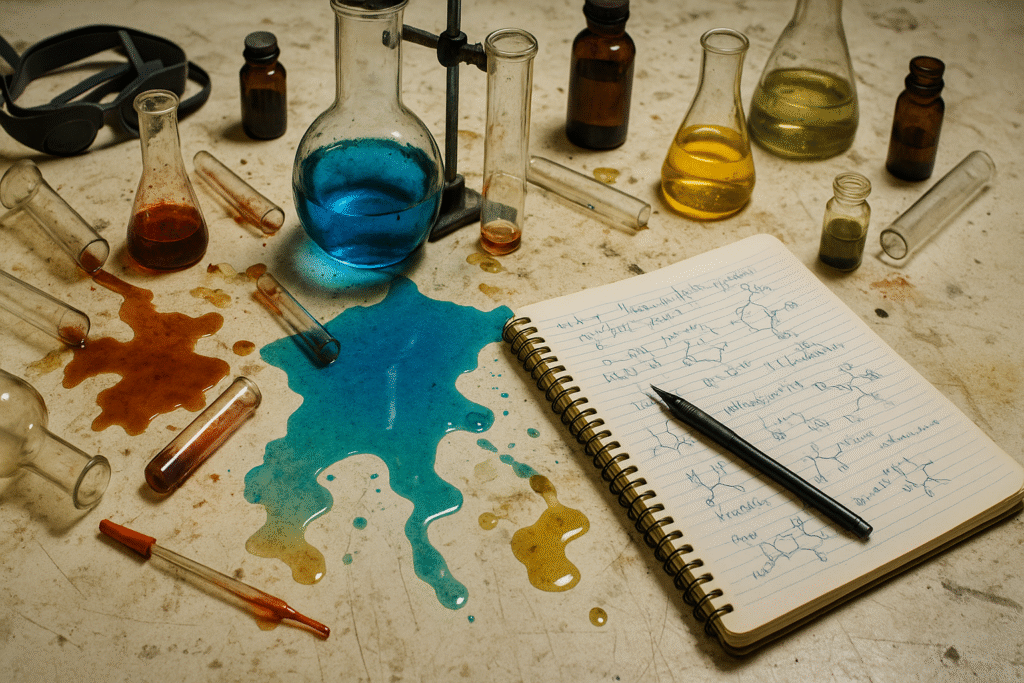
What Makes Serendipity Work?
The Prepared Mind
French chemist Louis Pasteur once said, “Chance favours only the prepared mind.” Accidents happen to everyone, but only some people recognize their significance.
Serendipitous discoveries aren’t just random gifts from the universe—they happen when someone is curious enough to question the unexpected and adaptable enough to follow where the detour leads.
Openness to Failure
In modern research culture, failure is feared. Grants are tied to measurable outcomes, and unexpected results can mean funding cuts. But serendipity thrives in environments where experimentation is encouraged—even when it goes “wrong.”
Institutions that allow room for failure often generate more innovation. India’s own space agency ISRO (Indian Space Research Organisation) has seen remarkable success, but it has also embraced transparent reporting of failed missions and glitches—turning them into learning opportunities.
Cross-Disciplinary Curiosity
Serendipity often blooms at the intersection of fields. Velcro was inspired by the way burrs stuck to a dog’s fur. Viagra, developed by Pfizer (a global pharmaceutical company), was originally tested for heart conditions. Even X-rays were discovered by German physicist Wilhelm Roentgen while experimenting with cathode rays.
Curious minds that explore beyond their immediate discipline are more likely to stumble upon something useful.
Why Serendipity Still Matters Today
In a World of Algorithms, Chaos Is Creative
Our digital lives are now governed by algorithms—predictive, optimized, and often limiting. Serendipity resists this. It’s unpredictable. After all, you can’t schedule a surprise. That’s exactly why it’s powerful.
When scientists, artists, and thinkers step outside their comfort zones, they’re more likely to experience the kind of chaos that leads to breakthrough ideas.
It Levels the Playing Field
Unlike planned innovation, which requires big money, serendipity can happen anywhere—from a small lab in Pune to a garage in California. Some of the most powerful inventions began with scraps, not start-ups. Serendipity offers a democratic counterbalance to tech monopolies and corporate R&D.
It Can Save Lives
Think about the discovery of insulin. In 1921, Canadian researchers Frederick Banting and Charles Best accidentally stumbled upon a way to extract insulin from a dog’s pancreas. That discovery made diabetes—a once-fatal condition—manageable.
In 2020, amid the chaos of the COVID-19 pandemic, researchers noticed that a cheap steroid called dexamethasone reduced mortality in severely ill patients. It wasn’t part of the original plan—but it became a lifesaver.
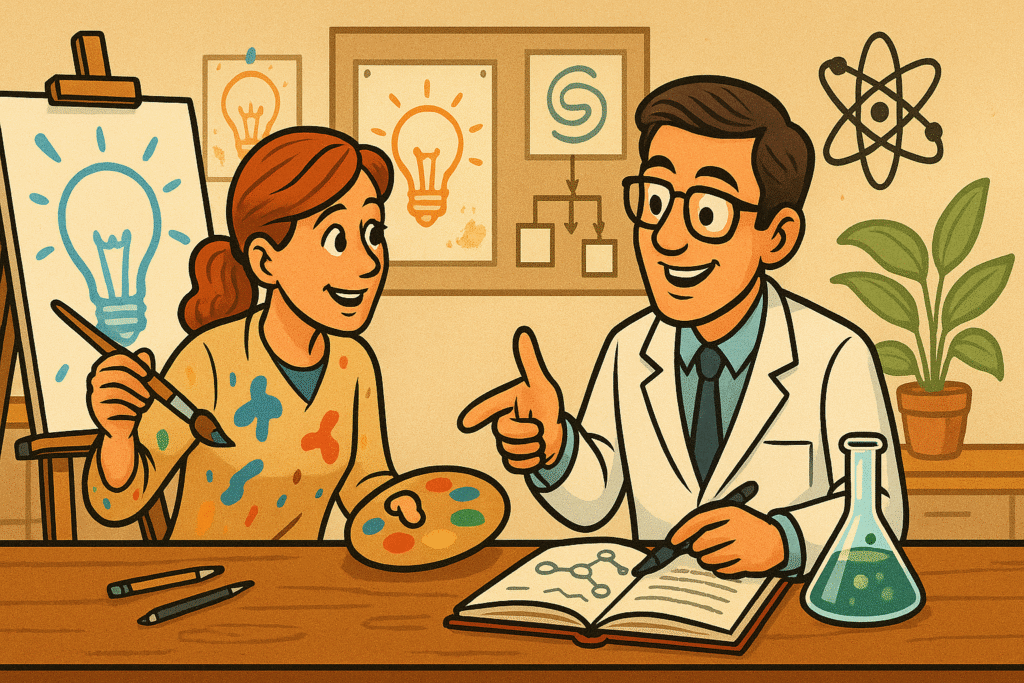
India’s Brush with Serendipity
India, too, has a history of accidental brilliance. Jagadish Chandra Bose, one of India’s early scientists, invented the crescograph (an instrument to measure plant growth) while experimenting with radio waves. His observations about plant response to stimuli weren’t what he was originally researching—but they helped lay the foundation for plant neurobiology.
The Ayurvedic tradition is full of discoveries made through observation and trial rather than planned science—curcumin (from turmeric), neem extracts, and ashwagandha’s adaptogenic properties all emerged from centuries of intuitive experimentation.
Can We Design for Serendipity?
Interestingly, companies like Google (a multinational tech company that offers internet-related services and products) famously allow their engineers “20% time” to work on any project they choose—even if it has nothing to do with their assigned work. This unstructured time has led to products like Gmail and AdSense.
Universities like MIT (Massachusetts Institute of Technology) have interdisciplinary labs where artists, engineers, and scientists bump into each other—literally and intellectually. These “designed collisions” increase the chances of cross-pollination and unexpected insight.
Conclusion: Let’s Make Space for the Unexpected
Serendipity reminds us that not all success is strategic. Sometimes, it’s accidental. Sometimes, it’s messy. But always, it requires someone to notice the magic in the mistake.
In our race to optimize every hour, plan every move, and maximize every resource, maybe we need to pause—and let randomness in. Maybe we need to allow ourselves to get a little lost.
Because in the history of innovation, some of the most important questions have been answered not by intention, but by accident.
And who knows? The next great breakthrough might be sitting in the bottom of a forgotten drawer—or growing quietly in a petri dish, just waiting for someone to notice.
Author’s Note
I’ve always been fascinated by stories of accidental brilliance. They remind me that curiosity matters more than credentials, and that failure is not the end—it might just be the beginning. If this blog inspires even one person to stay curious or rethink a mistake, I’ll consider it a success.
G.C., Ecosociosphere contributor.
References and Further Reading
- Scientific American – Serendipity in Science
- National Geographic – Accidental Discoveries That Changed the World
- BBC Future – Embracing the Unexpected
- https://deepenglish.com/lessons/sloppy-scientist-saves-hundred-million-lives
- https://brainly.com/question/22606739
- https://diabetes.org/blog/history-wonderful-thing-we-call-insulin
